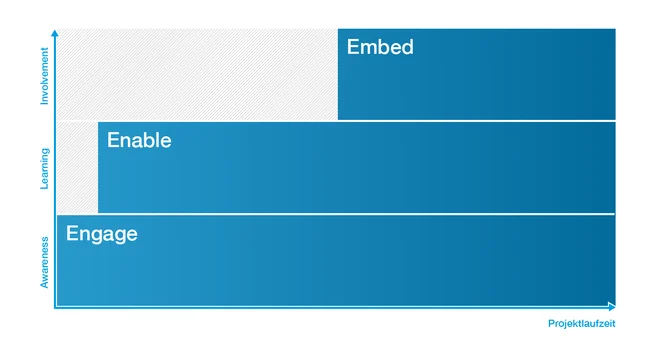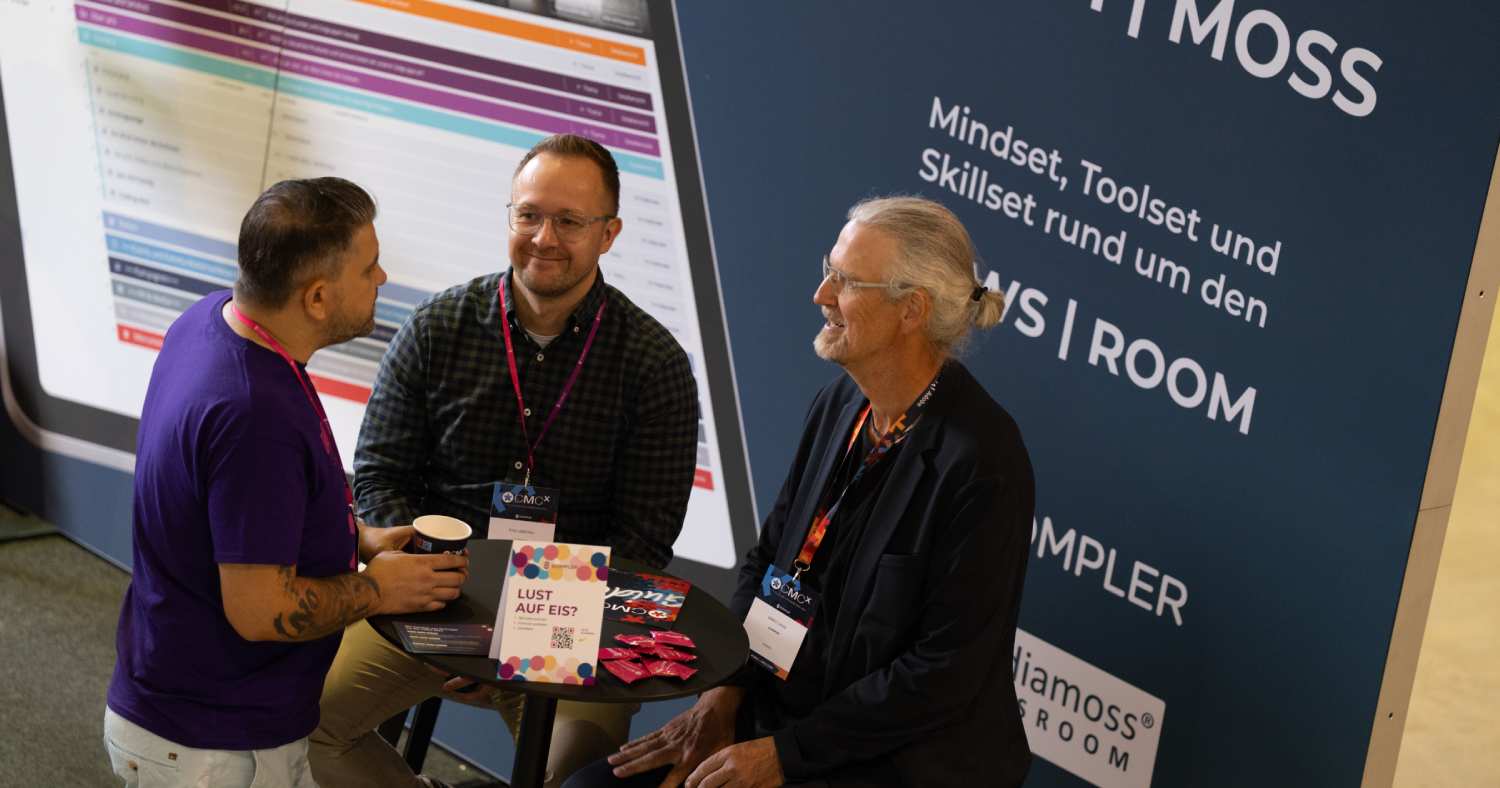A sustainable content marketing strategy requires a certain degree of transformation. Without this, many / most content strategies will fail, at least in the long term. Why? That's what I want to explain in this article.
This post originally appeared on Mael Roth's blog in September 2016.

In order to sustainably anchor content marketing as a new communication approach, measures are required that lead step by step to efficient sales (content operations). As a consultant at scompler , I have the great good fortune to be able to Difficulties challenges of companies (and to orient them towards a solution). This article deals with an underestimated part of this process: the necessary degree of change management.
I've already written a few posts about strategy development, so I won't explain the process in detail (again) here. A few days ago, I was able to follow in the (big) footsteps of Mirko Lange and address the topic of content operations in my presentation at the Online Marketing Day 2016. You can view the slides (including the approach to strategy development) below as an introduction.
Content Operations: Strategic content marketing and its implementation (Online Marketing Day 2016, Wiesbaden) from Mael Roth
Why does a content strategy require change management?
If you have clicked through the slides, you will have noticed that it was important for me to at least mention this topic, because I experience (almost) every day that this change management is underestimated...
... Because silos are not just a buzzword
Silos are not just "another buzzword" or an invention of clever consultants who want to sell more services. Historically, companies have organized themselves in such a way that they have assigned tasks to different people. The more tasks (and the greater the volume), the more people were assigned to the task. With the new digital channels came new tasks (and requirements), and a new function (silo) was created for them.
Gradually, companies have built up functions side by side. Part of the problem is also the evaluation and motivation of employees within these functions. For example:
- Sales are measured by how much they sell.
- Customer service employees are measured by how satisfied the customer is with the answer to the problem.
- Marketing is measured by how much reach it generates
- and social media according to engagement figures.
Everyone wants to do their job well (or at least keep their job) and then fulfill the requirements. And that also applies to "content"! There are all kinds of different situations as to who initiates the topic of content marketing or content strategy, but in most cases it happens in a department in order to achieve its own (department-specific) goals. And everyone does their own thing.
What are we doing with "content marketing"? How do we categorize it?
This is an important question and there is no one-size-fits-all answer. But what is important is that companies should restructure bit by bit to waste fewer resources if these departments do not work together... And focus on the topics and the "story" / leitmotif.
This brings us to the topic of "change".
... Because a content strategy depends on employees getting involved!
It's nothing new: we are basically creatures of habit. Everything that is new scares us at first and when in doubt... "No go". That's not because the employees are lazy or don't want to do it in principle, but because it requires us to change our habits.
I think the Engage-Enable-Embed model developed by Carsten Rossi(Kammann Rossi), which serves as an aid to thinking, is great for orientation. I can confirm this approach after supervising various "content operations projects".

For the most part, employees don't care whether a content strategy is implemented or not.1 They may even care whether the company can implement more efficient processes and better strive for strategic goals... This thinking guide makes it clear that we should take this step by step...
- Engage: What does each employee crave on a personal level. In other words, what would make their work more interesting / easier / more motivating? What have they wanted for a long time? This is about finding out what different interests there are and that we can later show each employee how and why they will benefit if we implement a content strategy.
- Enable: Those involved must also realize (relatively) quickly that something is changing (for the better). Step by step, easily transformed work processes, new tools or new roles (if the skills are available) can be made tangible. Communication and feedback to employees is very important here!
- Embed: In terms of change in a content strategy, I understand "embed" to mean that the meaning of what the content strategy aims to achieve becomes part of the corporate culture. A (lived) mission/story is important here. Every employee must have the feeling of being part of something that he/she identifies with...
Worth reading in this context: Content strategy - when employees are no longer on board (Kerstin Hoffmann)
... Because in the long term it will be a question of corporate culture
The wrong reason to do "content marketing" is because you want to do it. Content marketing is the answer to fundamental changes in the attention economy. It is therefore completely irrelevant whether it is later called content strategy, content marketing, attention marketing (yes, I made that up) or something else. As I already wrote on Medium:
The point is: in future, brands will have to define themselves less through forced attention and more through perceived usefulness and experience factors. If companies can no longer afford to be uninteresting, they must find a way to become more interesting and have integrity.
Fundamental restructuring is necessary. And this will not happen overnight, but must be introduced into the corporate culture step by step.
What specific difficulties and challenges do you see in the implementation of content strategies? How can they be overcome? What do you think of the "Engage, Enable, Embed" thinking aid?






